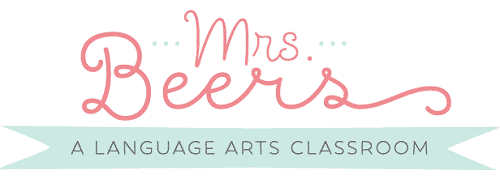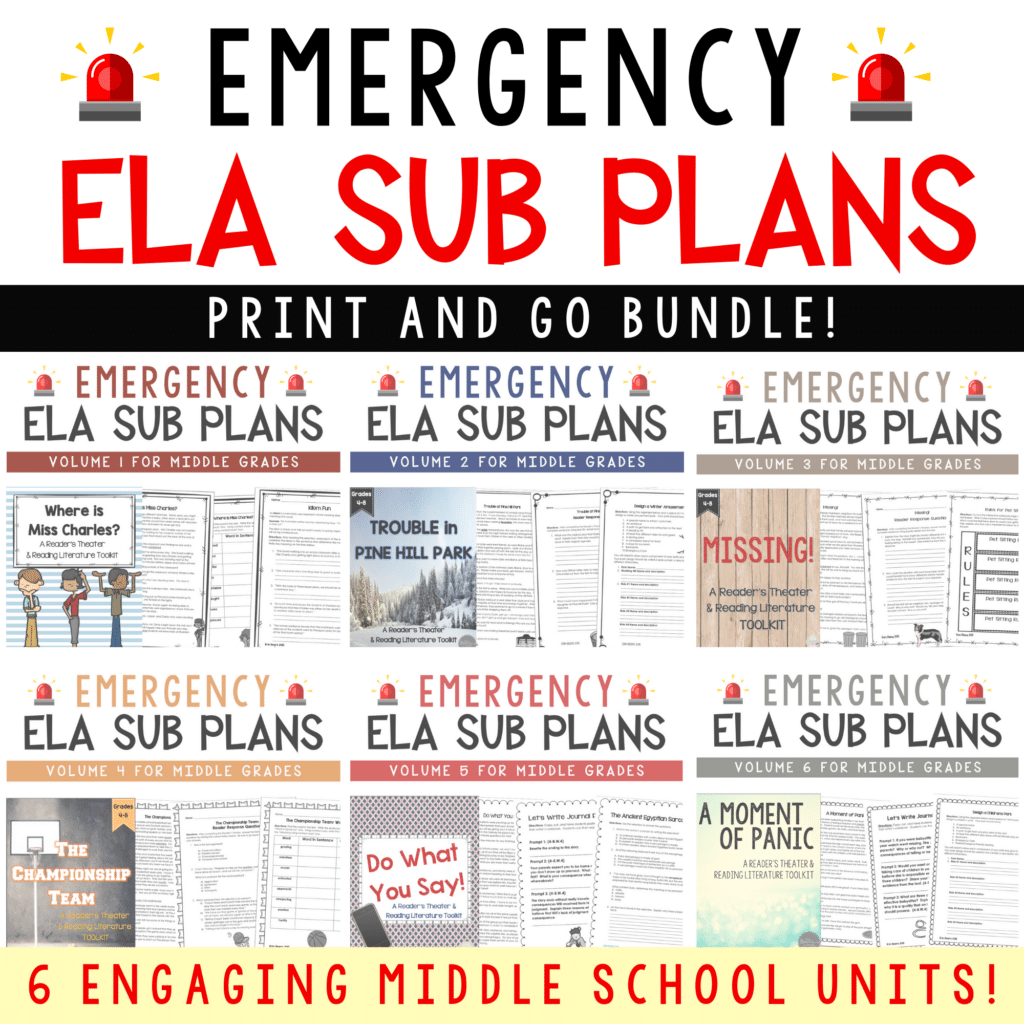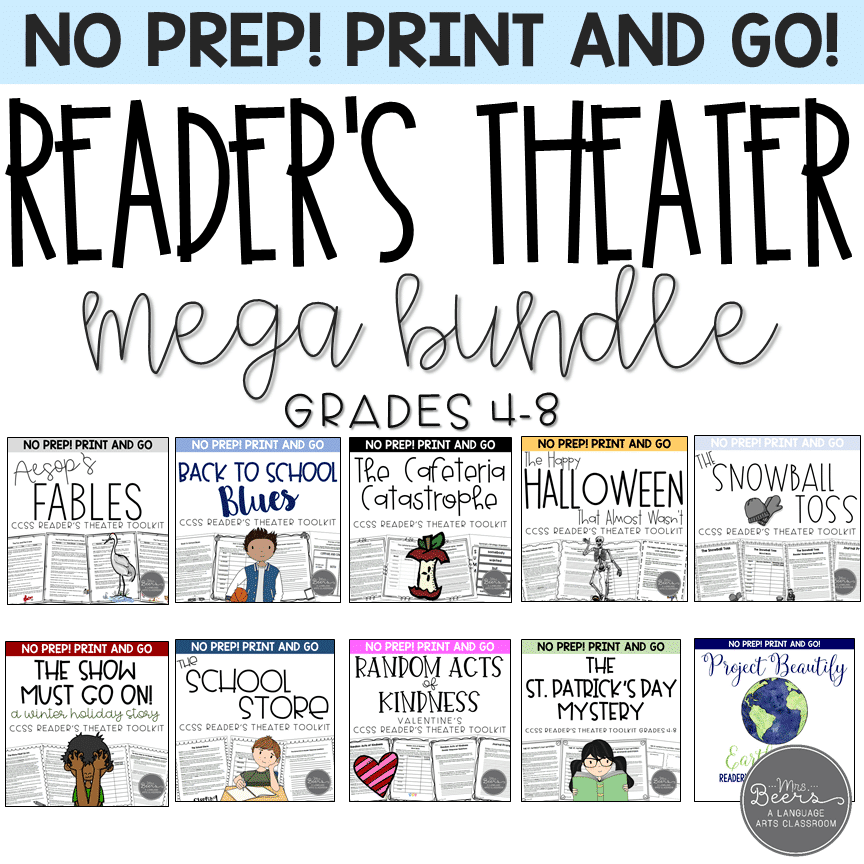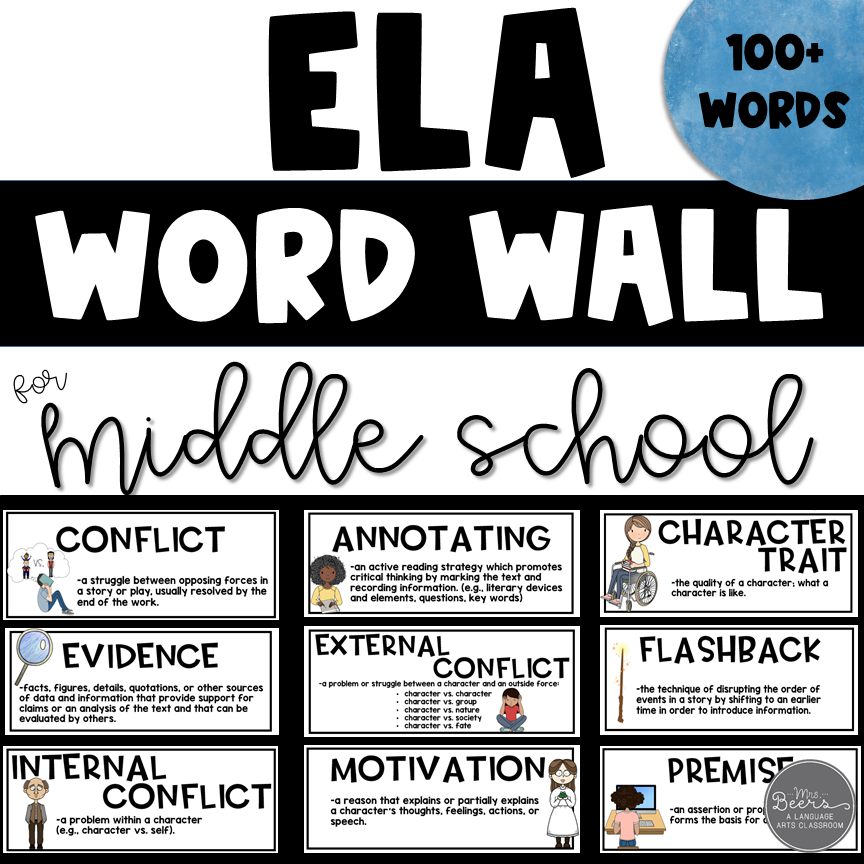
I regularly incorporate peer feedback in my classroom, particularly as we tackle quarterly book projects and group presentations. It is a great way to help students develop social interaction skills while giving them a fresh perspective on their work as writers and speakers. This post shares how I approach peer reviews in my project and presentation assignments.
I decided to change things up a bit with how students “shared” their projects several years ago. Typically, half of the students stand at their desks to present, and the other half and I walk around the class. We listen to each student share about the book they read and ask questions. This format can work, but it can feel rushed and sometimes lead to behavior challenges as students walk around the room. These are just a couple reasons why I changed to a different strategy, PEER FEEDBACK!
The images here are from a time when we were finalizing our February book projects. Before my students set up their lap books and Google Slides presentations, I explained that our project sharing would be different this time.
After our class meeting, I made a quick anchor chart with student brainstorming. We discussed, “What is a compliment?” Enthusiastically, my students came up with the characteristics of compliments with little to no prompting. Here is the anchor chart we created:

Next, we talked about how it feels to get an authentic compliment and examples of compliments that WOULD and WOULD NOT be thoughtful and meaningful.
The only prep work I had to do was create and copy a class spreadsheet with student names and a column for compliments. It doesn’t get much easier…
Finally, students grabbed a clipboard, their class list, and got down to work. I have never seen my students take a job more seriously. They read, reflected, and complimented.



At the end of our presentations, I collected the peer feedback lists from my students to check their thoughtful remarks. I was so impressed by the authentic praise my students gave to one another.
After reviewing the feedback, I give each student an envelope with their name on it the next day. When students complete their morning work, they will cut up their compliment lists and distribute their compliments to their peers. Each student will walk away from our book project work with 24-peer compliments.
This was a last-minute idea that I will continue to use in my classroom because it was so effective for my students. While I implemented this idea while teaching 4th grade, it has been easy to modify for my current 7th grade classroom. Book projects and presentations are now far more focused and reflective by incorporating this peer feedback strategy.

Happy Teaching!



